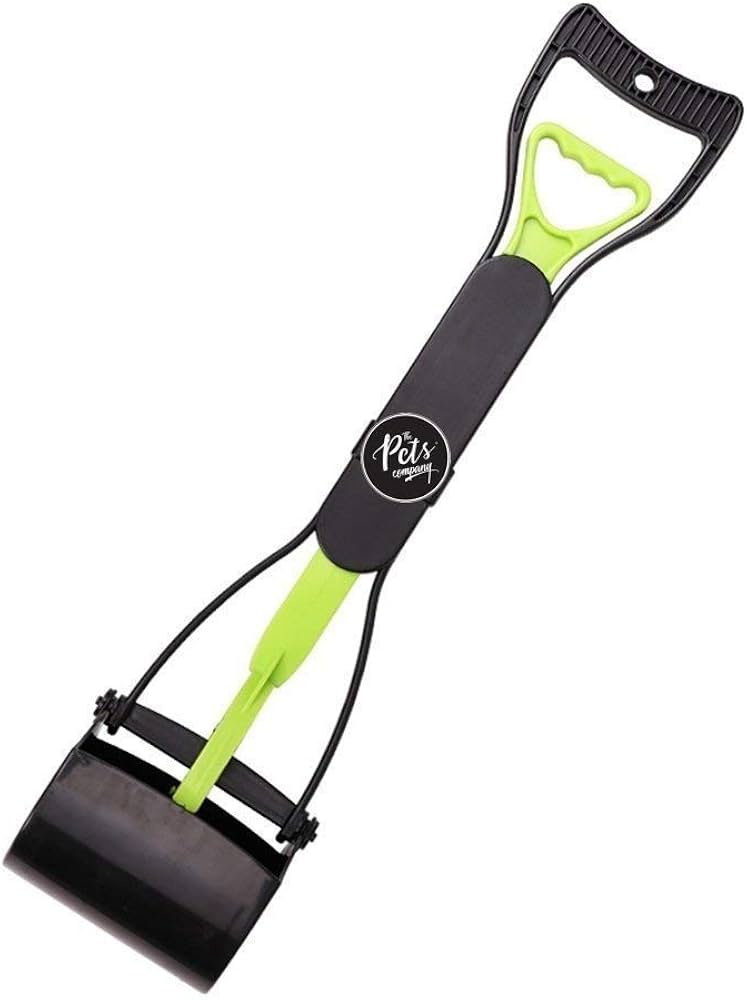Common Mistakes in a Shoe Washing Business (and How to Fix Them)
November 7, 2025 | by IoT Development Company

Launching a shoe laundry business involves more than just cleaning; it requires precision, process, and foresight. While enthusiasm can get you started, long-term success depends on avoiding common pitfalls that can damage your reputation, hurt your profitability, and limit your growth. Many new entrepreneurs learn these lessons the hard way, through damaged shoes, unhappy customers, and wasted resources. This guide outlines the most frequent mistakes made in this niche industry and provides clear, actionable fixes to help you build a more resilient and professional operation from day one.
Mistake 1: Underpricing Premium Materials
Treating a $400 suede loafer the same as a $60 canvas sneaker is a recipe for losing money. Premium materials like suede, nubuck, and delicate leathers require more time, specialized chemicals, and higher skill, which means they have a higher cost to service.
- The Fix: Implement a tiered pricing structure. Price your services based on material complexity and the labor involved. Create distinct price points for standard (canvas/rubber), premium (leather/mesh), and luxury/delicate (suede/nubuck/designer) footwear.
- Checklist Item: Develop and display a clear pricing menu with at least three service tiers based on shoe material.
Mistake 2: Skipping Intake Photos and Waivers
If a customer claims you caused a scuff that was already there, it’s their word against yours. Without documentation, you have no proof and often end up issuing a refund or paying for a replacement to protect your reputation.
- The Fix: Make pre-service documentation mandatory. Take quick, clear photos of each pair of shoes at intake, focusing on existing damage. Have the customer sign a digital or paper waiver that acknowledges the inherent risks of cleaning (e.g., potential for old glue to weaken) and notes any pre-existing conditions.
- Checklist Item: Create a standardized intake process that includes taking at least three photos (top, sides, sole) of every pair and securing a customer signature on a liability waiver.
Mistake 3: Poor Stain Triage
Using the wrong chemical or method on a stain can set it permanently or damage the surrounding material. Treating an oil-based stain with a water-based cleaner, for example, will only make it worse.
- The Fix: Train your team on basic stain identification. Create a simple “stain triage” chart that shows common stains (e.g., oil, ink, grass, wine) and the correct first-step treatment for each. Always test a cleaning solution on an inconspicuous area first.
- Checklist Item: Post a stain identification and treatment guide in the cleaning area.
Mistake 4: Over-Soaking and Color Bleed
Leaving shoes submerged for too long, especially those with vibrant dyes or multiple colors, can lead to color bleed, material warping, and glue separation. This is one of the most common ways to ruin a customer’s property.
- The Fix: Emphasize targeted hand-cleaning over full submersion whenever possible. Use medium-stiff brushes and controlled amounts of cleaning solution. For deep cleaning, use timed soaks (e.g., no more than 20 minutes) in cool water with a neutral pH cleaner.
- Checklist Item: Add “timed soaks only” and “avoid full submersion for multi-color/delicate items” to your Standard Operating Procedures (SOPs).
Mistake 5: Cross-Contamination and Hygiene Lapses
Using the same dirty water or brushes to clean multiple pairs of shoes can transfer dirt, grime, and even fungus. This is not only unhygienic but also leads to poor cleaning results.
- The Fix: Implement a strict hygiene protocol. Use fresh water for each customer’s order. Sanitize brushes, basins, and work surfaces between orders. Use separate, color-coded brushes for different tasks (e.g., uppers, midsoles, outsoles) to prevent transferring heavy grime onto delicate parts of the shoe.
- Checklist Item: Establish a mandatory “clean-station reset” procedure to be performed after each completed order.
Mistake 6: Inconsistent SOPs and Training Gaps
When every employee cleans shoes differently, you get inconsistent quality. This “freelance” approach makes it impossible to guarantee a standard level of service, leading to unpredictable results and customer complaints.
- The Fix: Document everything. Create clear, simple, step-by-step SOPs for your top 5-10 most common cleaning tasks (e.g., “Standard Canvas Clean,” “Suede Dry Clean,” “Midsole De-yellowing”). Use these documents as the foundation for all new-hire training.
- Checklist Item: Create a digital or physical “SOP Binder” that is required reading for all new technicians.
Mistake 7: Neglecting QA and Rework Tracking
Handing a customer a shoe with a missed spot or a poorly cleaned lace is a failure of your final process. Not tracking these mistakes means you can’t identify training issues or recurring problems.
- The Fix: Assign a final Quality Assurance (QA) step to every order. A second pair of eyes—ideally a shift lead or the owner—should inspect the shoes against a checklist before they are packaged. Track every pair that needs to be re-cleaned (your “rework rate”). A rising rate is an early warning sign of quality decline.
- Checklist Item: Implement a mandatory QA checklist that must be initialed before any order is marked as complete.
Mistake 8: Weak Turnaround Promises and Scheduling
Promising a 24-hour turnaround and then delivering in 72 hours is a guaranteed way to lose a customer. Vague promises like “ready in a few days” create anxiety and frustration.
- The Fix: Use a tiered turnaround system with clear deadlines. Offer a standard service (e.g., 3-5 business days) and a premium rush service (e.g., 24-48 hours) for an extra fee. Use a simple calendar or scheduling board to manage capacity and avoid over-promising.
- Checklist Item: Define and publish your standard and rush turnaround times and prices. A successful shoe washing business manages expectations effectively.
Mistake 9: Ignoring Packaging and Presentation
Returning a beautifully cleaned pair of shoes in a flimsy plastic bag undermines the premium service you just provided. Presentation is the final, lasting impression you make on your customer.
- The Fix: Invest in simple, professional packaging. Use branded drawstring bags, sturdy cardboard boxes, or tissue paper. Stuff shoes with paper to hold their shape and include a small “thank you” or care card. This small touch elevates the customer experience significantly.
- Checklist Item: Source and budget for branded packaging as a standard part of your Cost of Goods Sold.
Mistake 10: Not Tracking Unit Economics
If you don’t know exactly what it costs you (in labor and supplies) to clean one pair of shoes, you can’t know if your prices are profitable. You might be busy, but you could also be losing money on every order.
- The Fix: Calculate your Cost of Goods Sold (COGS) per pair. Estimate the cost of chemicals, consumables, and the minutes of labor required for a standard clean. Subtract this from your price to find your gross profit per unit. This number is the most important metric for the financial health of your shoe washing business.
- Checklist Item: Create a simple spreadsheet to calculate your COGS and gross margin for each service tier.
Mistake 11: Ignoring Google Reviews and CRM Follow-ups
Unhappy customers are far more likely to leave a review than happy ones. Failing to manage your online reputation or follow up with clients means you’re missing out on crucial feedback and valuable marketing opportunities.
- The Fix: Actively manage your Google Business Profile. Respond professionally to all reviews, good and bad. Use your POS system or a simple CRM to send automated follow-up emails or texts a few days after pickup, asking for a review if the experience was positive.
- Checklist Item: Set a weekly calendar reminder to check and respond to all new online reviews.
Mistake 12: Scaling Too Early Without Capacity Planning
Accepting a massive corporate order or launching a delivery service before your systems and staff are ready can lead to chaos. Rapid growth without a plan breaks processes, burns out employees, and destroys quality.
- The Fix: Grow methodically. Before adding a new service or targeting a new market segment, conduct a capacity analysis. Determine how many more pairs your current staff and equipment can handle. Only scale when your core operations are stable, documented, and consistently hitting quality targets.
- Checklist Item: Define the maximum number of pairs your business can process per day/week with its current setup.
Avoiding these common mistakes is not about achieving perfection, but about building a systematic and professional operation. By focusing on clear processes, consistent training, and a deep understanding of your numbers, you can sidestep the pitfalls that derail many new entrepreneurs and build a shoe care business with a reputation for quality and reliability.
RELATED POSTS
View all



